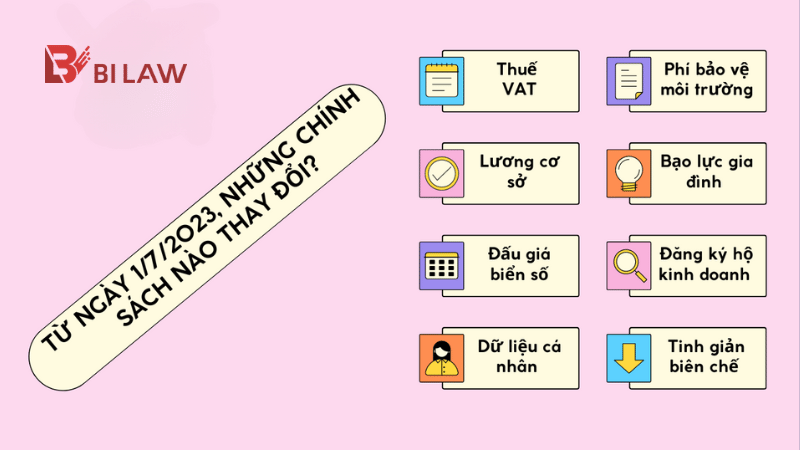Building houses, digging foundations to tilt neighbors’ houses is not a rare situation, this not only violates the legitimate rights and interests of adjacent houses but also always lurks the risk of houses collapsing affecting health, property and lives of others. How to solve when the house is tilted due to the neighbor’s construction?
Building a house that tilts the neighbor’s house, how is it handled?
There are many cases of disputes and conflicts arising from the fact that adjacent families build houses and works that affect neighboring houses such as: Cracking the wall, tilting, falling… This situation is caused by the construction side digging the foundation, pressing the piles deep into the ground and raising the land mass to encroach, causing compression on the adjacent house foundations.
In order to settle disputes as well as ensure the legitimate rights and interests of the parties, the Civil Law and the Land Law have regulations related to this issue.
Accordingly, Article 175 of the 2015 Civil Code clearly stipulates the boundaries between real estate as follows:
“Article 175. Boundaries between real estates
1. The boundary between adjacent real estates shall be determined by agreement or by decision of a competent state agency.
Boundaries may also be determined by custom or by boundaries that have existed for 30 years or more without dispute.
Do not encroach on, occupy or change the boundary markers, even if the boundaries are canals, ditches, trenches, trenches or fields. All subjects have the obligation to respect and maintain common boundaries.
Land users are allowed to use space and the ground vertically from the boundary of the land plot in accordance with the provisions of law and must not affect the use of other people’s land.
Land users are only allowed to plant trees and do other things within the land area under their use rights and according to defined boundaries; if the tree’s roots and branches exceed the boundary, they must trim the roots, cut or prune the excess, unless otherwise agreed.”
Thus, Clause 2, Article 175 of the Civil Code 2015 clearly states that land users are allowed to use the space and the subsoil vertically from the boundary of the land plot in accordance with the provisions of law and must not affect the land use. affect other people’s land use.
In addition, Article 174 of the 2015 Civil Code stipulates that when building a work, the owner of the work must comply with the law on construction, ensure safety, and must not exceed the height and distance prescribed by law. building regulations. In addition, they must not infringe upon the legitimate rights and interests of the owner and other rights holders to the adjacent and surrounding real estate properties.
Therefore, the construction of a house that tilts the neighbor’s house is determined to be an infringement on the legitimate rights and interests of the person with other rights to the adjacent property and may be sanctioned in accordance with the law. .
Specifically, according to Decree 16/2022/ND-CP, if the construction organization violates regulations on quality control of construction works, it may cause the collapse of neighboring works but not cause damage. to the health and life of others, a fine of between VND 30 and 100 million, of which:
– A fine of between VND 30 – 40 million: For construction of separate houses;
– A fine of between VND 50-60 million: For building separate houses in conservation zones, historical-cultural relics or other construction works;
– A fine ranging from VND 80 to 100 million: For work construction, a construction investment feasibility study report is required or a construction investment economic-technical report is required.
How to solve when the house is tilted due to the neighbor’s construction?
The tilt of a house due to a neighbor’s construction can have serious consequences for the property, health and life of the adjoining house and surrounding houses. So, how is the law regulated to ensure that the interests of adjacent houses are affected?
* Damage compensation agreement
Article 605 of the 2015 Civil Code provides for compensation for damage caused by buildings and other construction companies as follows:
“Article 605. Compensation for damage caused by houses and other construction works
Owners, occupiers and persons assigned to manage and use other houses or constructions must compensate for damage caused by such houses or other construction works to other people.
When the builder is at fault in letting the house or other construction work cause damage, he/she must jointly pay compensation.”
Thus, the owner or the person assigned to manage and use the house or other construction work must compensate for damage caused by that house or other construction work to other people. In case the constructor is at fault in letting the house or other construction work cause damage, he/she must be jointly responsible for compensating.
Regarding the compensation level, the Civil law does not provide specific provisions, the parties rely on the actual damage to agree on an appropriate level of compensation.
* File a lawsuit for compensation
In case it is not possible to reach an agreement on compensation for damage, the party whose legitimate rights and interests are infringed may initiate a lawsuit to claim compensation at a competent Court (the Court where the defendant resides). In which, the petition must include the following contents (according to Clause 1, Article 189 of the Civil Procedure Code):
– Date, month and year of making the petition.
– The court receives the petition.
– Name, place of residence/headquarter of you, the defendant and those with related rights and obligations.
– Documents and evidence attached to the petition (usually including evidence proving the damage occurred).
Note, the petitioner must prove his damage caused by the act of digging the foundation to tilt the house to have enough grounds for the People’s Court to settle.


 Tiếng Việt
Tiếng Việt 中文 (中国)
中文 (中国) 日本語
日本語 한국어
한국어









